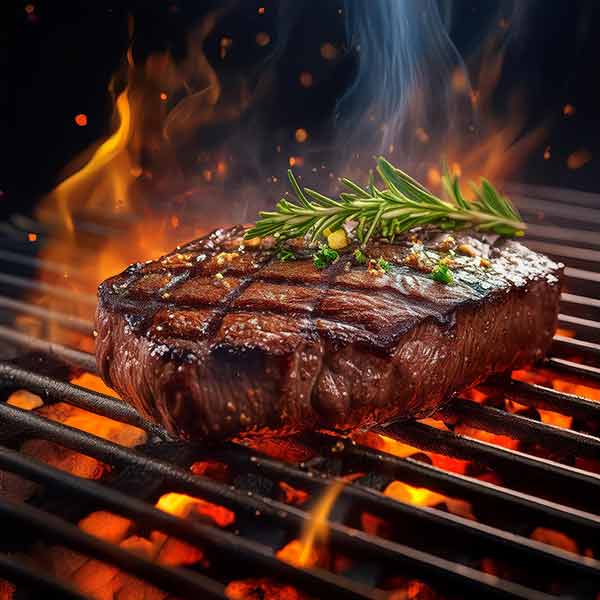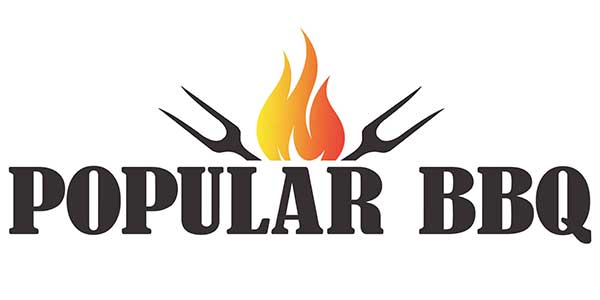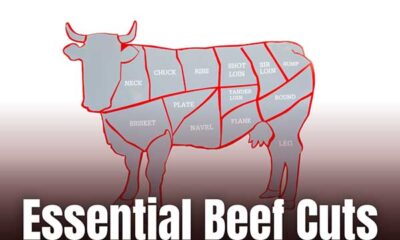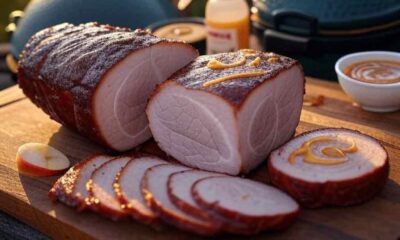Events
USDA Prime Grade Meats: Everything You Need to Know in 2025

A sizzling USDA Prime steak on the grill.
What Are USDA Prime Grade Meats?
USDA Prime is the king of beef, lamb, and pork grades, stamped by the USDA itself. These cuts come from young critters—under 30 months—and they’re packed with marbling that’d make a hickory log jealous. As a result, USDA Prime Grade Meats are tender as a Tennessee sunset, juicy like a ripe peach, and bursting with flavor. Now, they’re rare as a blue moon—only 2-5% of U.S. beef gets this crown. That scarcity makes ‘em a luxury pick for when you’re feedin’ the family somethin’ special or showin’ off for company.
The USDA Grading Process: How Prime Meats Earn Their Status
The USDA’s got a sharp eye for gradin’ beef, and it’s all about two things: marbling and age. Marbling’s them fat streaks runnin’ through the meat—think of it like the smoke ring on a perfect brisket, only inside. Prime beef’s got heaps of it, rated “moderately abundant” or better. Age matters too—young cattle under 30 months keep it tender. Inspectors check the meat post-slaughter, sizin’ up cuts for grades like Prime, Choice, or Select. However, Prime’s the elite club—only the best in marbling and youth make the cut. Wanna dig deeper? Check the USDA’s Beef Grading Standards.
Key Characteristics That Define USDA Prime Grade Meats
Marbling: This is the gold standard, folks. Abundant marbling means every bite’s succulent and rich—kinda like Wagyu’s cousin from across the pond.
Tenderness: Young cattle give you that melt-in-your-mouth feel. Ain’t no need to wrestle with these cuts.
Flavor: High fat cranks up the beefy goodness. It’s like a hickory-smoked symphony in your mouth.
Appearance: Look for cherry-red meat with firm, creamy fat—tells you it’s Prime before you even light the fire.
These traits make USDA Prime Grade Meats a dream for grillin’, roastin’, or smokin’ low and slow at home.
Nutritional Benefits of USDA Prime Grade Meats
Sure, Prime beef’s got more fat from all that marbling, but it’s loaded with good stuff too. A 4-ounce chunk gives ya:
- Protein: 25-30 grams—builds muscle like a champ.
- Iron: Heme iron that your body soaks up fast for all-day energy.
- B Vitamins: B12 and B6 to keep your brain hummin’ and your energy high.
- Healthy Fats: Mostly monounsaturated—good for the ticker if you don’t overdo it.
Prime’s hearty and wholesome, perfect for keto folks or anyone cravin’ protein. Curious? Hit up the National Cattlemen’s Beef Association.
A Brief History of USDA Meat Grading
Back in 1926, the USDA kicked off gradin’ to keep beef quality steady nationwide. Started voluntary, but folks caught on quick—it’s a buyer’s best friend. Early days, they judged by eye, but now it’s precise, measurin’ marbling in the ribeye. Better breedin’ and grain-feedin’ have upped the Prime game, though it’s still a rare treat. This long haul proves Prime’s the top dog in quality.
Comparing USDA Prime to Choice and Select Grades
Wonderin’ if Prime’s worth the bucks? Here’s the rundown:
- USDA Prime: Marbling galore, tender as all get-out, and flavor that sings. Perfect for steaks and roasts where you want the best.
- USDA Choice: Decent marbling, still tasty and tender. Solid for everyday grillin’ without breakin’ the bank.
- USDA Select: Lean and mean—less marbling, better for slow cookin’ or jerky.
For a big steak night, USDA Prime Grade Meats are your ace. But for stews or roasts, Choice or Select’ll do ya fine. Pick what fits your wallet and your fire pit.
Top USDA Prime Cuts and How to Cook Them
These Prime cuts are my go-to’s:
- Ribeye: Marbled like a dream—grill it hot, sear to 130°F for medium-rare, and let that fat shine.
- Tenderloin (Filet Mignon): Tender as a lullaby—pan-sear or roast it gentle.
- New York Strip: Balanced and bold—grill or broil it with a cherry wood kiss.
- Brisket: Fat-heavy and screamin’ for smoke—go low and slow, 10-12 hours, till it’s fall-apart good.
- Porterhouse/T-Bone: Two cuts in one—grill it hot and savor the combo.
Need tips? Check Bon Appétit’s Steak Guide.
Cooking Techniques to Master USDA Prime Grade Meats
Here’s how to handle Prime like a pro:
- Grilling: Crank the grill to 450°F. Sear 2-3 minutes a side, then shift to indirect heat till 135°F for medium-rare. Rest it 5 minutes—keeps the juices in.
- Roasting: Rub it down good, roast at 325°F. Pull at 120°F for rare—it’ll climb while restin’.
- Dry Aging: Wrap it in cheesecloth, stash at 35°F for 21-28 days. Boosts flavor, but watch it close.
More grill tricks? See Popular BBQ’s Grilling Tips & Tricks.
How to Select and Store USDA Prime Grade Meats
Grab the good stuff with these pointers:
- Selecting: Go for bright red meat and firm, white fat. Check the “sell by” date—3-5 days out’s prime.
- Packaging: Vacuum-sealed, no tears or juice leaks—keeps it fresh as a Tennessee mornin’.
- Storage: Fridge at 32-36°F, use in 5 days. Freeze airtight for up to 6 months if you’re holdin’ off.
Handle ‘em right, and USDA Prime Grade Meats stay top-notch from store to smoker.
Why Choose USDA Prime Grade Meats?
USDA Prime Grade Meats turn any cookout into a dang celebration—backyard BBQs or fancy suppers alike. Grill ‘em, roast ‘em, smoke ‘em—they’re versatile as a Swiss Army knife, with flavor and tenderness that’ll knock your boots off. Sure, they cost more, but for special days or when you’re pullin’ out all the stops, they’re worth every penny. Even them high-falutin’ restaurants strut their Prime beef proud.
Want more? Hit up the USDA’s Meat and Poultry Homepage.
Your Next Step with USDA Prime
Ready to wrangle some USDA Prime Grade Meats? Hunt ‘em down at a butcher shop or fancy grocery. Fire up a ribeye on the grill or smoke a brisket till it’s heavenly. Share your tales—have you tried USDA Prime Grade Meats? Drop your favorite cuts and cooking tips in the comments below!















